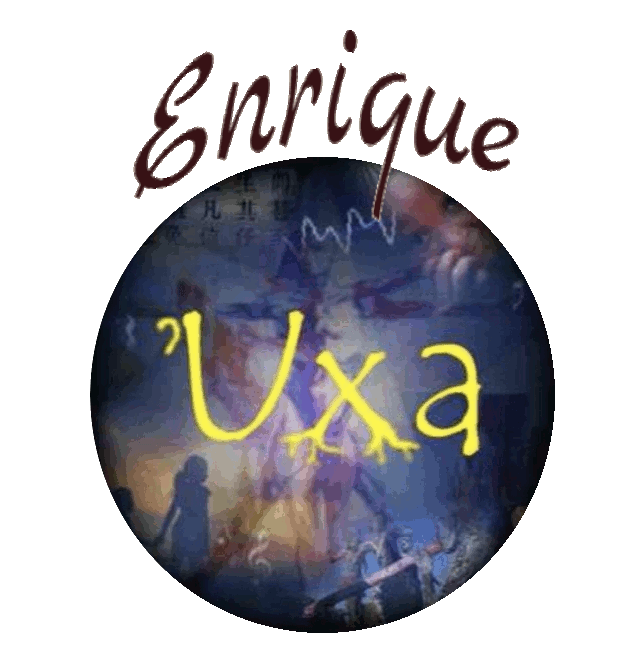This article serves as a segment of a lecture I delivered at a conference focused on art and education, under the title “The Clinical Function of Art-Science in Aesthetic Education”. For context, I recommend revisiting my earlier discussion detailing the essence of art-science.

Current educational paradigms emphasize the importance of critical theory, storytelling, and aesthetic education as crucial elements in molding individuals who are autonomous, empathetic, and equipped to navigate the complexities of our contemporary world. This world calls for a profound transformation in how we perceive our surroundings.
Art-science transcends being merely a conceptual framework or an intersecting axis, as articulated by Reyzabal and Sanz. It emerges as a pivotal instrument for aesthetic education. Aesthetic education, in its foundational sense as the study of sensory perception, enables the acquisition of knowledge through sensory experiences. This approach embraces both artistic and natural expressions. Art-science challenges us to reconsider the foundational assumptions of aesthetics since its establishment as a distinct field of study—primarily focusing on taste and artistic experiences. Art-science offers an artistic experience that encourages exploration into the marvels of nature and the realm of science. It fosters a rhizomatic perspective among learners, a stark contrast to the linear, reductionist educational models influenced by Newtonian principles. These traditional models dissect reality for analysis, promoting a compartmentalized worldview, where knowledge is fragmented and disconnected from the learners’ personal experiences. Art science integrates the arts’ capacity for experiential learning, grounded in perception, emotions, and discovery, as highlighted by Elliot Eisner, with the sciences’ approach to knowledge through logic, language, and scientific inquiry.

Art-science reclaims the arts’ ability to convey essential truths—timeless, historical, and beyond objectivity—as suggested by Gadamer. This synthesis occurs through the harmonious interplay of intuition and reason, echoing Kant’s musings on the individual and the universal, chance and necessity, logic and absurdity. Michel Serres remarks, “Reason is ubiquitously distributed,” asserting that rationality permeates the works of literary figures like Montaigne or Verlaine as much as it does in physics and chemistry. Conversely, the irrational elements found in dreams are also present in scientific endeavors. David Bohm posited that science intertwines with myth and poetry; theories of nature can also embrace chaos, myth, and art. For scientists, theory represents their sole reality, an explanation in itself.
Educators, in their role, not only create learning environments that cater to students’ prior experiences, interests, and developmental stages, as John Dewey’s transactional approach suggests, but also cultivate invention, intuition, imagination, and empathy. These qualities are vital for developing nomadic learners or “knowledge troubadours,” who transcend boundaries in pursuit of new pathways for transforming and interpreting their experiences. Like Hermes, these learners embark on journeys through diverse and unfamiliar terrains.

Through aesthetic education, students learn to appreciate artistic expressions and the beauty of nature with an unbiased perspective, while not overlooking the significance of interpreting, studying, and unraveling the meanings within cultural media products. This educational focus on perception and creativity fosters emotional engagement with both the process and outcomes of creative endeavors, nurturing emotional intelligence and well-being. Conceptual understanding takes precedence over skill development. Art-science encourages exploration beyond the constraints of age or innate talent, debunking the myth of the solitary genius to celebrate the importance of research, experimentation, and the discipline necessary for creative and lateral thinking, as described by Edward de Bono. Learners are guided to become responsible, creative, and nomadic; crafting their life narratives, as Paul Ricoeur suggests—a text open to multiple interpretations, requiring engagement with the stories of others to foster empathy and a profound connection with humanity, nature, and our broader environment.
